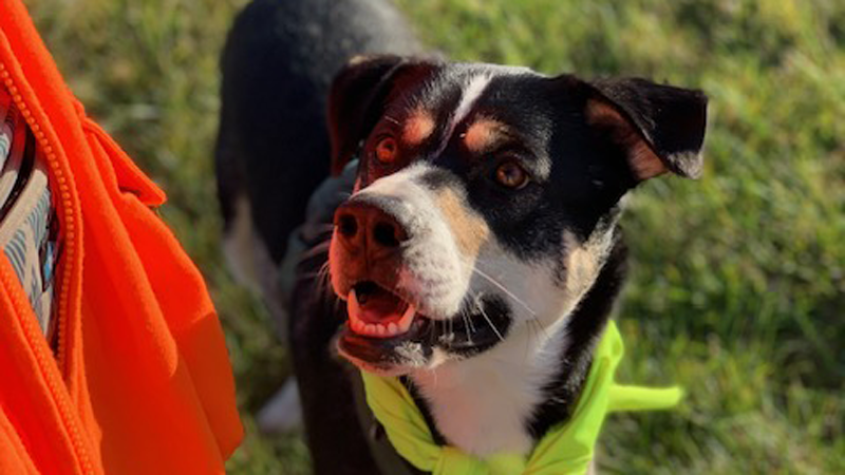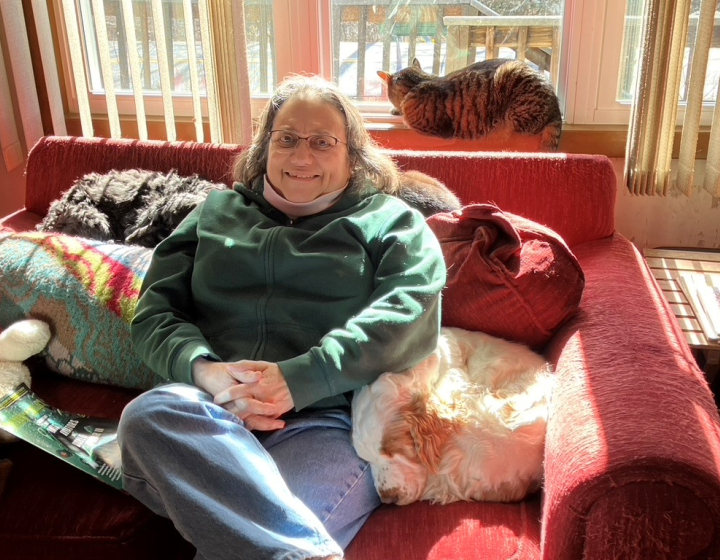Fast action, ingenuity saves impaled dog
For two-year-old Indiana, there are plenty of leaves to sniff and critters to chase on the Trumansburg, New York property of his owners Lisa and Dan Scherer.
This October, however, one of those romps through the forest led to a life-threatening injury for the mixed-breed dog.
“As usual, Indiana was charging through the woods chasing squirrels, when suddenly Dan heard him yelping and crying,” Lisa Scherer said.
When Dan Scherer found him, Indiana was standing with a large stick impaled into his right side. “At the time, it was unclear how far in the stick was,” Lisa Scherer said. “It looked like it could have been superficial, just under the skin, but we didn’t want to mess with it. Thankfully we didn’t!”
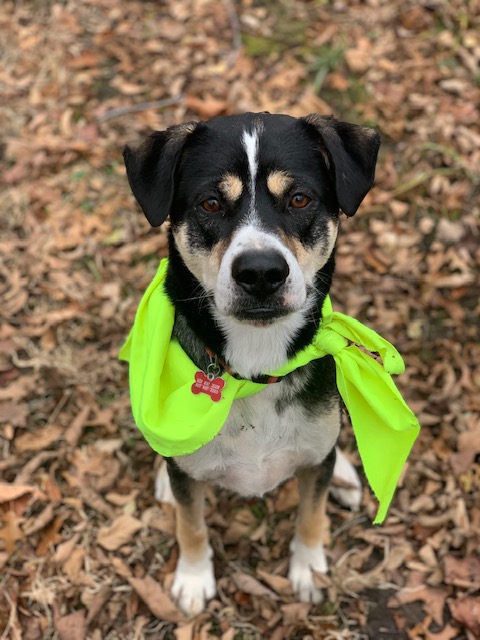
They rushed Indiana to the Cornell University Hospital for Animals (CUHA), where they found the wound was indeed much deeper than it looked. The stick had pierced Indiana’s chest wall, broken a rib and went through his diaphragm, the muscle that separates the chest from the abdominal cavity.
“Indiana was very calm throughout this process, though he looked to be in a lot of pain and distress,” Scherer said.
At CUHA, licensed veterinary technician Nicole O’Connell ’16 was among the first team members on the Emergency and Critical Care Service to assess the situation. O’Connell touched base with the Scherers and ushered Indiana into the emergency room.
“Indiana’s stabilization demonstrates Nicole’s versatility and expertise,” said Dr. Emily Hill, small animal emergency and critical care resident on Indiana’s case. “She placed an intravenous catheter, obtained blood samples and administered pain medications, all while I was performing my primary examination.”
The entire team was in close communication as this was happening. Although impalements are common, Indiana’s was a particularly severe “sucking” chest wound — every time he drew a breath, instead of the air going through his nose and inflating his lungs, it was sucked into his chest through the stick wound. Consequently, air was accumulating around the outside of his lungs, preventing them from inflating properly. As a result, he wasn’t getting a normal amount of oxygen into his blood, making this life-threatening situation even more critical.
“We placed kitchen wrap around the sucking chest wound,” O’Connell said. “It wasn’t a perfect seal since there was a tree branch sticking out, but I could hear that the sucking sound was reduced.”
O’Connell and Hill, with licensed veterinary technician Deborah Hayes and other team members, then placed a chest tube to facilitate emptying air from Indiana’s chest cavity, so he could breathe more easily. They also administered antibiotics and pre-anesthetic gastroprotectant medications, and determined Indiana’s blood type in anticipation that he might need a blood transfusion in emergency surgery.
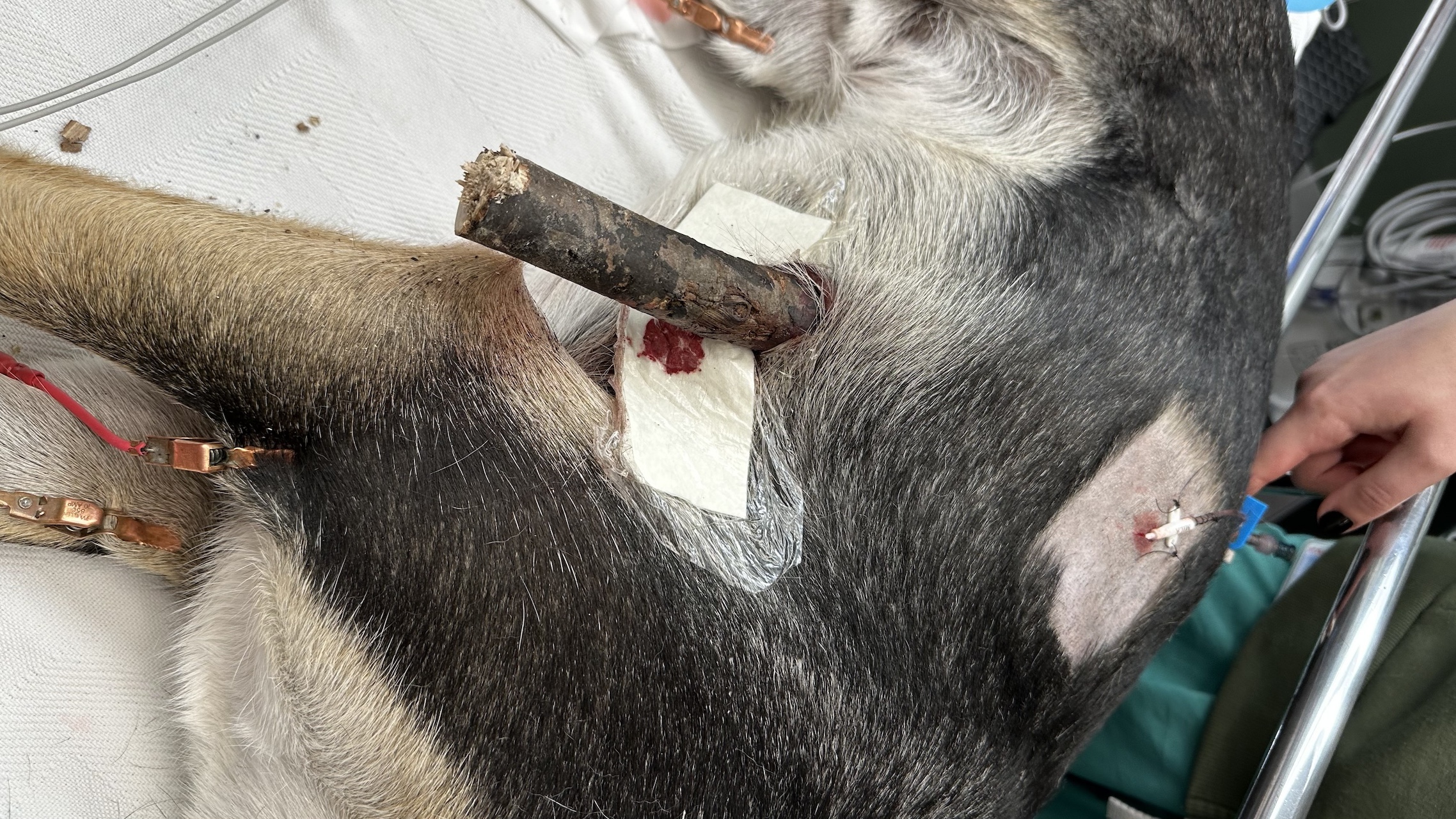
Knowing that Indiana would require surgery immediately, O’Connell then started problem-solving around the stick. “A benefit of having worked in CUHA for so long is that I have become familiar with many different departments, including surgery,” she said. “I reasoned that the stick was similar in size and hardness to bone, so I asked a nearby surgery technician to grab us Gigli wire, which is a bone-sawing wire, and the largest bolt cutters we had, so we could debulk the branch. Turns out, the Gigli wire was what worked the best.”
Small animal surgery resident Colin Chik ’16, D.V.M. ’20, was then able to carefully saw off the external protruding portion of the stick using the Gigli wire. He did so while minimizing movement of the impaled portion, which could easily have worsened Indiana’s internal injuries.
“This made for a smoother trip from the emergency room to the anesthesia prep area before entering the operating room,” Hill said.
“Stabilizing Indiana took a substantial team effort and is an example of great ingenuity,” said Dr. Gretchen Schoeffler, section chief of the Emergency and Critical Care Service.
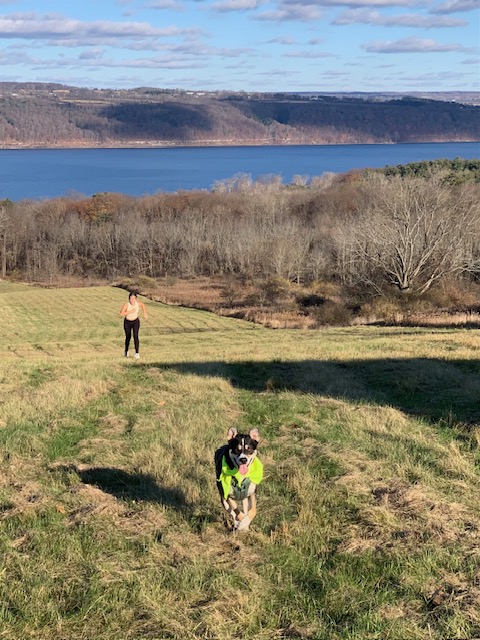
Once Indiana was anesthetized and in the operating room, the surgery team explored his chest and part of his abdomen to fully determine and address the extent of the injury. Fortunately, the stick hadn’t significantly damaged Indiana’s lung lobes, liver or other major organs or blood vessels.
By acting fast and by not attempting to remove the stick themselves, the Scherers gave Indiana the best chance at surviving this deadly injury. “If your pet is impaled by something, do not attempt remove it,” Schoeffler said. “Keep the pet quiet, minimize motion on the external portion of the item that is impaling the pet, and transport the pet immediately to a veterinarian.”
Schoeffler also advises, if the pet has a “sucking” chest wound like Indiana’s, try to seal it with something like plastic wrap so you can’t hear air sucking into the chest, doing this may reduce the amount of air that enters the chest. Reducing the air leak is beneficial, if it doesn’t distress the pet and cause the pet to be more active.
For Indiana, his surgery went well and he is expected to make a full recovery. “He was my little shadow, following me around the house and settling in wherever I was,” said Lisa Scherer, who kept Indiana in a t-shirt so he wouldn’t fuss with his stitches.
“After his recheck appointments, we increased his activity, he got his sutures out and things have gotten back to normal,” she said. “He is perfectly happy back out in the woods and running around again.”
Written by Melanie Greaver Cordova



